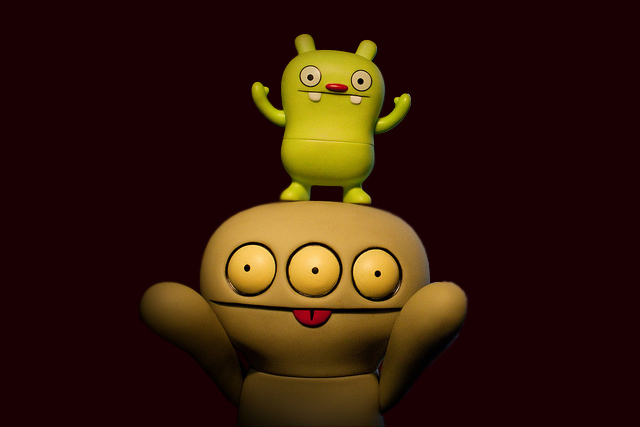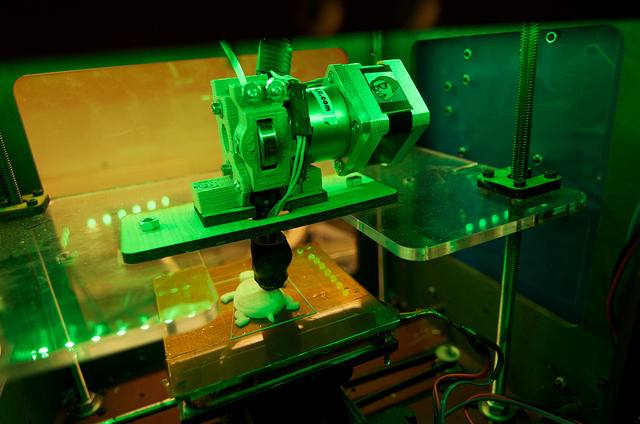
Category: Learning Center


The rendezvous of the Replicators: 3D Printing Industry in China
May 17, 2014
No Comments
Read More »

3D Printing and the Big Bang Moment for the Health Care Industry
May 17, 2014
No Comments
Read More »





